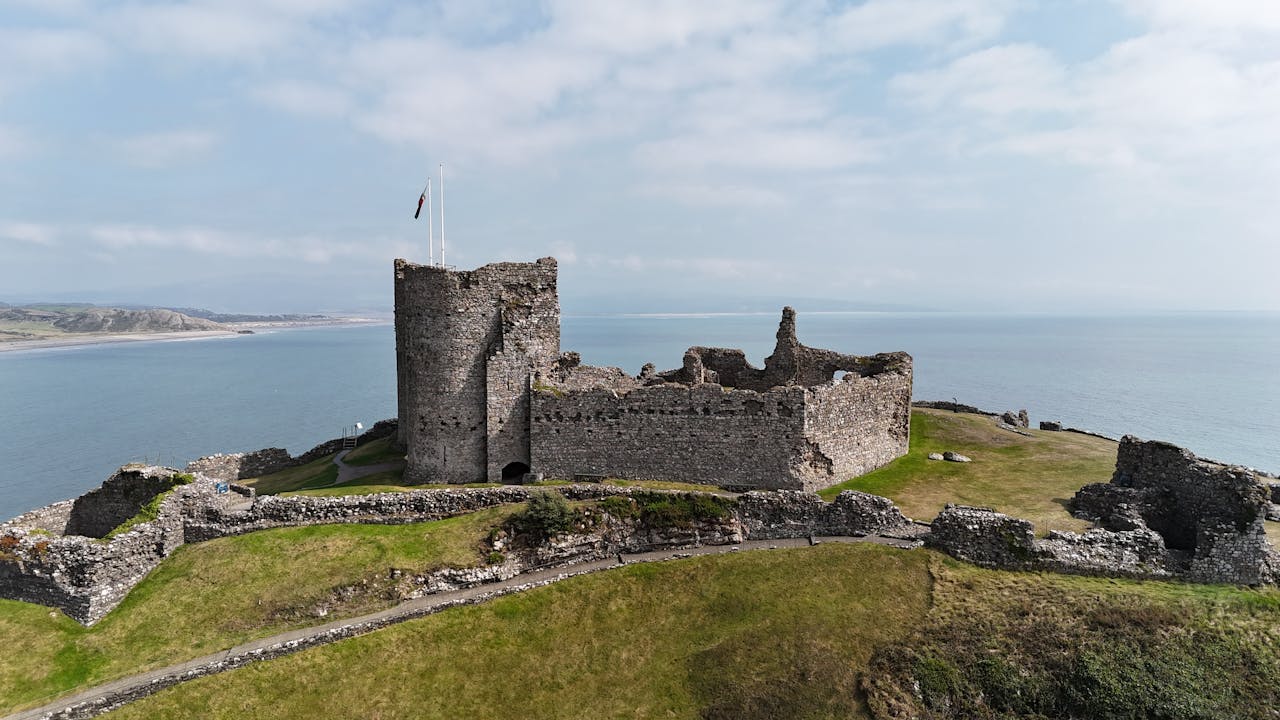Heritage Crime: The Rising Threat of Criminal Damage to Historic Sites

Recent report highlights rise in heritage crime in Wales – But What Crimes are being committed and what are the wider implications?
Criminal damage to historic buildings and scheduled monuments is on the rise in Wales, according to Cadw, the body responsible for preserving the nation’s heritage. Vandalism, theft, and unauthorised activity at listed sites are increasing, with 2025 likely to see the highest number of recorded incidents.
As criminal defence solicitors, it is important to understand that offences against heritage sites carry serious legal consequences. Beyond fines and imprisonment, the reputational and cultural impact of damaging protected landmarks can be devastating.
What Counts as Heritage Crime?
Heritage crime is any illegal activity that harms sites of historical or cultural significance. This can include:
- Deliberate damage – graffiti, smashing windows, vandalising exhibitions, or damaging stonework.
- Theft – removal of historic materials such as lead from church roofs.
- Unauthorised works – carrying out construction or alteration on listed buildings or scheduled monuments without consent.
- Illegal metal detecting – known as “nighthawking”.
- Anti-social behaviour – such as lighting barbecues on Roman remains or using abbey grounds as bike tracks.
Cadw reports dozens of incidents every year at sites including Neath Abbey, Caerleon Amphitheatre, Blaenavon Ironworks, and Bryn Celli Ddu passage tomb. Damage has ranged from smashed exhibitions to graffiti painted on neolithic stones.
The Legal Position
Heritage crime is covered under the Ancient Monuments and Archaeological Areas Act 1979 and the Planning (Listed Buildings and Conservation Areas) Act 1990. It is a criminal offence to damage or destroy a scheduled monument or listed building, or to carry out unauthorised works. Penalties include:
- Fines running into thousands of pounds
- Imprisonment of up to two years in the most serious cases
- Confiscation of tools and equipment used in the offence
Because of the historical importance of these sites, courts often treat such cases more severely than ordinary criminal damage. Judges have discretion to impose custodial sentences where damage is deliberate, repeated, or carried out for profit.
Wider Implications of Heritage Crime
Heritage crime is not only about the law; it also affects public trust, cultural identity, and community wellbeing. Once ancient stonework is vandalised, lead is stolen, or archaeological layers are disturbed, the damage is usually permanent. This deprives future generations of their heritage.
From a policing perspective, heritage sites are often unstaffed and remote, making them vulnerable to anti-social behaviour. That vulnerability, combined with the difficulty of restoring damaged artefacts, means the authorities treat reports of heritage crime very seriously.
Another recent high-profile case saw the felling of an iconic sycamore tree in Northumberland lead to the imprisonment of 2 men for 4 years and 3 months.
The Defence Perspective
Cases of heritage crime often involve young people or those unaware of the law. For example, graffiti in a medieval abbey or lighting a barbecue in a Roman amphitheatre may not always be motivated by malice, but the law does not excuse ignorance. Defence lawyers frequently deal with issues of:
- Intent: Was the damage deliberate, reckless, or accidental?
- Knowledge: Did the accused know the site was protected or listed?
- Alternative explanations: Could the damage have been caused by others, or was it wrongly attributed?
Where young people are involved, courts sometimes balance punishment with educational approaches, involving restorative justice or supervised conservation work. However, where theft or organised vandalism is proven, penalties are far harsher.
Final Considerations
Heritage crime is far from a minor offence. It represents an attack on shared history and carries serious legal and cultural consequences.
In an era when ancient monuments are irreplaceable, both the police and courts are likely to continue treating such cases with growing severity.
For those accused of damaging protected sites, it is crucial to seek specialist defence advice at the earliest stage.
How We Can Help
If you would have any questions about any criminal damage offences then our award-winning team of experts are on-hand to help answer any of our concerns. Call us now on 0161 477 1121 or email us.


